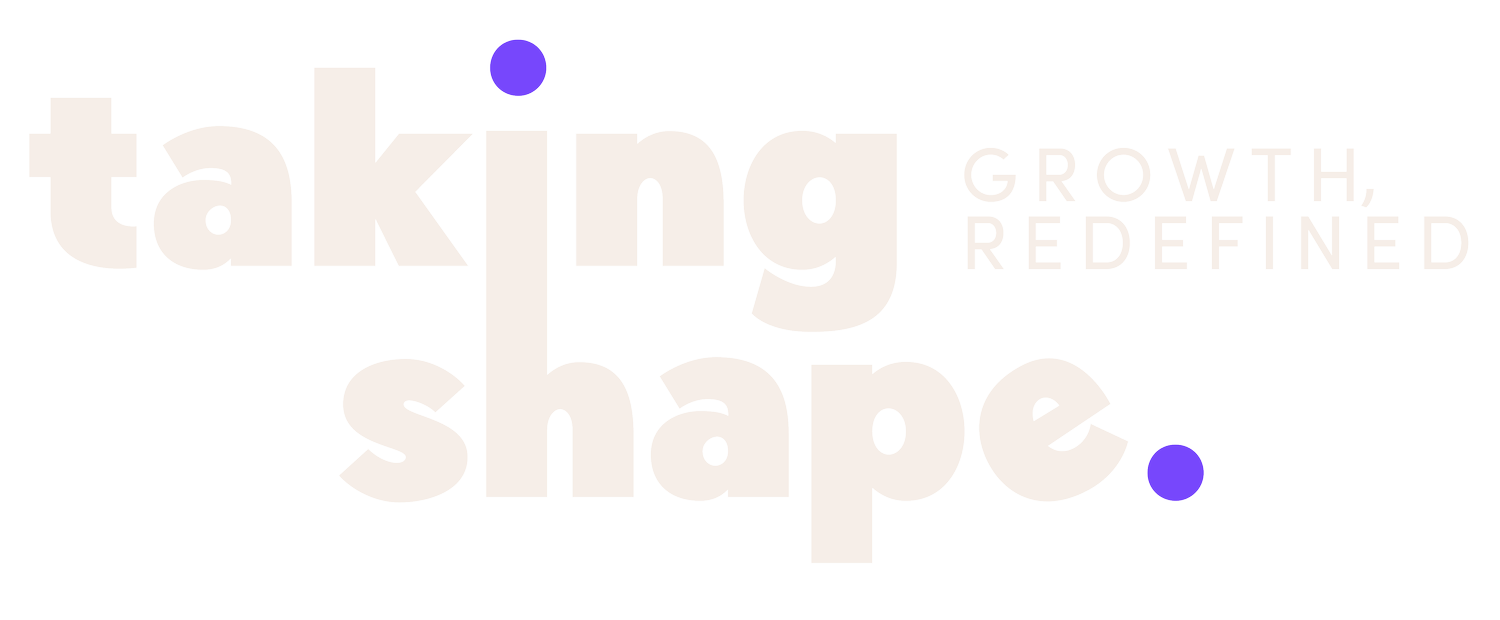Affiliate fatigue: why cashback platforms and brands should own the travel booking journey
For years, cashback platforms and affiliate models have been the comfortable default: light integration, incremental revenue and low risk. But in 2025 the maths no longer add up. Margins are wafer-thin, tracking is less reliable, and the acquisition treadmill is speeding up while lifetime value barely moves. The signal from the market is getting louder: own the customer or get squeezed by everyone in the middle.
The breaking point: when partners cut partners
In May 2025, Booking.com abruptly terminated thousands of direct affiliate relationships, particularly affecting smaller publishers, bloggers, and niche cashback partners, and told many to re-apply via third-party networks such as Awin or CJ (with terminations rolling in June). Public reporting framed it as part of a wider cost and control push. For affiliates, the impact was immediate: lost links, lost earnings, and a sudden reliance on network-mediated terms. This matters for two reasons…
The “double-dip” margin loss
When a brand offloads affiliate management to a network, a slice of commission now goes to the network before it reaches the publisher or cashback site. That’s on top of any commission tightening at the advertiser level, leaving less in the pot for the last-mile partner actually sending traffic. Under the new affiliate reality:
Advertiser trims direct programmes → pot shrinks
Network inserts an extra layer → another cut
Publisher still pays to acquire the audience → your net margin thins
Volatility you can’t control
Policy changes land with 30-day emails and force a scramble to update content, links, and revenue plans — right before peak travel periods, in some cases. Depending on someone else’s distribution and tracking rules is a fragile strategy.
CAC is up, and LTV isn’t keeping pace
Zooming out, the acquisition economics are trending the wrong way. Recent research found customer acquisition costs rose ~35% from 2022 to 2025, while customer lifetime value ticked up just ~4.5%. That gap makes every percentage point of margin leakage, from network fees, programme cuts and tracking misses even more painful.
Tracking turbulence and attribution risk
Affiliate tracking has also been buffeted by privacy and platform shifts. While Google’s Chrome cookie timeline has zig-zagged, uncertainty remains, and Safari/Firefox limitations have long reduced third-party cookie reliability. Industry guidance now pushes first-party, cookieless tracking, but many affiliate setups still depend on brittle cross-site methods. If you don’t own the session and the checkout, you’re more exposed to lost attribution.
The classic affiliate flow is simple: you drive a click; someone else controls search, sort, price, payment, service and owns the customer relationship. You might earn 1–5% on some categories, sometimes less; in travel, hotel affiliates can see mid-single digits, occasionally higher, but airlines often pay little or nothing on base fares. Meanwhile, the advertiser captures the first-party data, the future marketing rights, and the upsell.
The alternative: act like an agent, not an affiliate
Shifting from “traffic referrer” to “booking owner” flips the unit economics. With a white-label travel storefront or agent-style booking tool, cashback platforms and consumer brands can:
Keep the commission on hotels (commonly ~5–10%+), with certain categories (e.g., packages, cruises, ancillaries) yielding more, instead of sharing it across multiple middlemen. These commissions can be passed directly onto your customers (if you’re a cashback platform for example)
Control the offer (cashback amount, member-only pricing, bundles) to serve your audience, not a generic marketplace.
Capture first-party and zero-party data (destinations, dates, party size, preferences) under your brand’s consent model, powering better lifecycle marketing.
Build loyalty as a by-product of delivering real value at the moment of truth (the trip) rather than via generic points sinks.
Sell add-ons (insurance, transfers, activities) to lift average booking value and margin, something affiliates rarely benefit from.
Own the journey, and the customer
Owning a white-label booking journey removes the network middle layer and the redirect leakage. You earn on the full transaction, not the outbound click. You also stop training your customers to leave your environment for the purchase, which means sessions, data, and value accrued to you. Why does this matter?
Resilience: When third parties change terms, your economics don’t fall off a cliff.
Brand equity: You’re remembered for making the trip possible, not for handing off a link.
Better CX: You can align price, perks, and messaging with your proposition (e.g., premium members get flexible cancellation, lounge passes, or extra cashback).
Data flywheel: Every trip preference volunteered = more relevant offers next time.
Measurability: You control the funnel, so you can attribute influence across inspiration → consideration → booking → post-trip.
what about all the heavy lifting? how hard is it to go from affiliate to agent?
You don’t need to build an OTA! A modern Travel-as-a-Service partner can supply the inventory (hotels, flights, ancillaries), booking stack, payments, and after-sales support under your brand, with APIs or a white-label storefront. Typical go-live is measured in weeks, not quarters, with your design system, your domains, your analytics.
Governance matters (merchant of record, refunds, cancellations, support SLAs), but a strong partner resolves these on your behalf so your team isn’t swamped. They take care of everything, under your own brand, giving your customers piece of mind.
why you should do it now
Because the affiliate landscape is shifting under your feet. When a major OTA pushes direct partners into third-party networks, the slice you keep gets smaller, just as CAC keeps climbing and attribution gets harder. Building your own travel storefront under your brand reclaims margin, data, and customer equity.
If you’ve already built an audience that trusts you for value, you’ve done the hard part. Now make the booking experience yours, too.
📩 If you’d like a pragmatic blueprint tailored to your audience and targets, contact me, and let’s see what TaaS can do for you.
